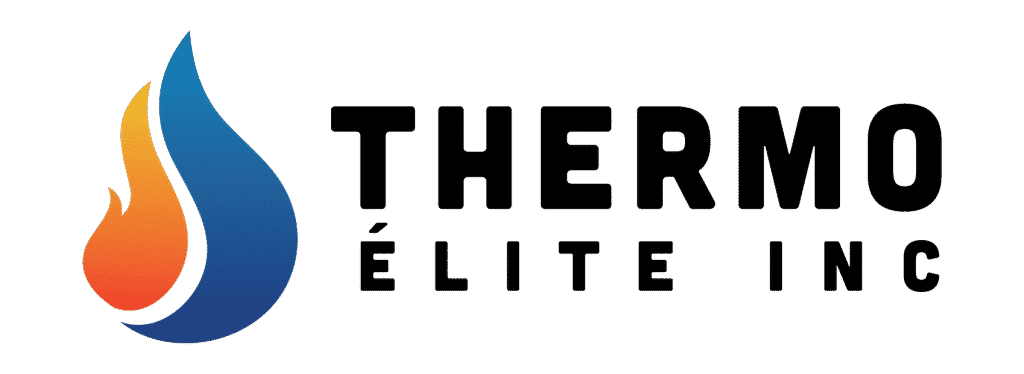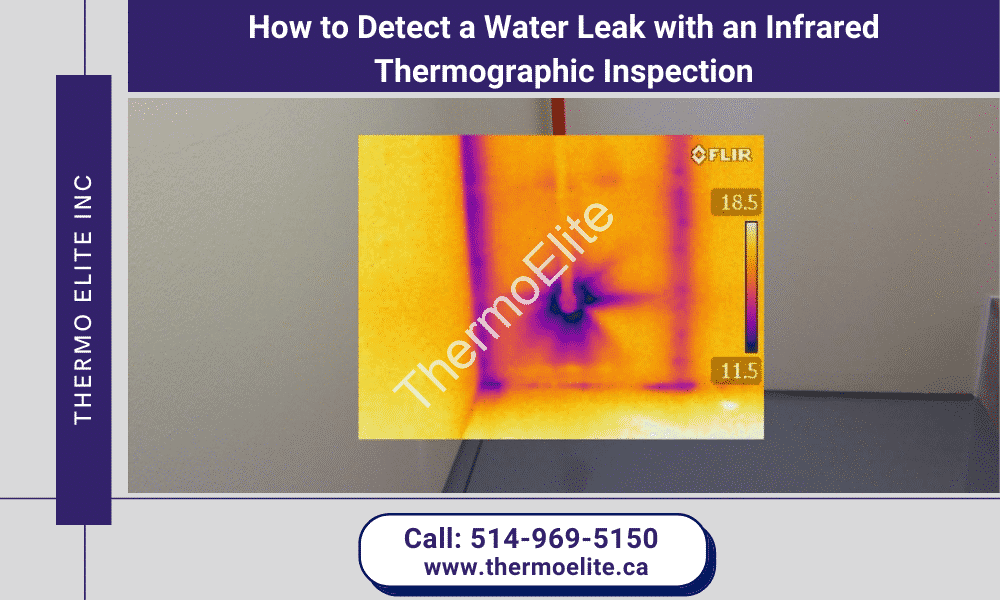Are you concerned about water leakages on your property? Water leakage can indeed be a major concern for property owners. To locate the problem, you might feel for moisture, lift your floorboards, or even drill holes in your wall. However, all of this can be an expensive affair and very frustrating as well. This is where thermal imaging proves to be incredibly helpful. Using infrared imaging, which can detect water leakages and other issues without any dismantling, you can identify the core problem and take corrective action efficiently and quickly.
Water Leakage
One of the most essential elements in your property is the plumbing system, which may suffer breakdowns or suffer defects occasionally. There’s wear and tear in the pipes and other fittings, and these may crack, causing water to leak.
You may see rainwater leak into your house through the roof or any other spot. Leakages in the roof crop up as a common problem as the property keeps getting old. Water could seep in through the walls as well.
Water leakage causes a lot of damage. Some of the major damages it may cause are-
- The air around the leakage isn’t healthy to breathe in as it becomes damp. It may cause certain air-borne diseases
- The foundations of your property may be weakened as the leaking water keeps seeping into the house’s structures
- Water leakages may cause hazardous electric faults if water seeps into the electric conductors behind the walls
It’s therefore vital that water leakages are detected on time, and necessary repairs carried out as quickly as possible. As these leakages occur behind walls hidden from your sight, they may cause severe damage before you notice them. Periodic inspections are therefore vital.
Water Leakage and Infrared Thermographic Inspections
Infrared thermography is a convenient technology that is being used more frequently to detect water or other leakages in the plumbing system of a building or its roof. The technology is also used to inspect other systems that a building has, like the insulation, electric fittings, and the HVAC. You might be wondering what infrared thermal imaging is all about. Let’s look into it.
Infrared thermal imaging uses advanced infrared imaging to locate thermal variations on a surface. All objects, including animals, plants, and humans, emit heat. There are variations in the temperature of this released heat. A thermal imaging camera can capture these temperature variations, i.e., the different emissivity levels displayed in different colors on its screen.
Temperature differences decide this between the inside and the outside of the building. Water causes a rise or lowering of the surface temperature around them. It impacts the area’s infrared emissivity, which is denoted as a particular color on the camera’s screen. It helps professional thermographers detect the wet areas from the images and information in the camera. Water leakages can be detected easily as the area around it gets damp, resulting in a lower temperature.
During the winter, if the heat from inside the building leaks outside rapidly through a wall’s or the roof’s wet spots, the temperature around them will be warmer than in the surrounding areas. When it’s summer, during the daytime, the wet spots absorb a lot of heat. This heat is retained more in those spots than the areas surrounding them after sunset.
During the scan, infrared cameras capture various images and provide other footage as well. A thorough analysis of these is carried out. The leaking spots are indicated, and a report on the plumbing system’s condition is then prepared. The report also recommends corrective measures that need to be taken. Water leakage is likely to have damaged other structures around it as well. Therefore, the repair shouldn’t just focus on repairing the pipe. It should suggest a thorough overhaul.
Roofing
The roof is of primary importance when it comes to your protection from rainwater. A solid and watertight roof is a must. Infrared thermographic inspections locate areas on the roof with a higher surface temperature. When the camera captures images showing spots with temperatures that differ from the areas surrounding the spots, it indicates current leakage.
Faults in the Pipes
The primary cause of water leakage in a building is obviously faulty pipes. Pipes run all around the house- beneath the floors, behind the walls, and above the ceilings as well. Unlike the seeping of rainwater, leaking pipes are easy to spot as the leakage is often quite big. Such leaks cause a reasonably large area around it to get wet quite quickly.
However, there are times when the leakage may be occurring in a hidden spot, or it may, for the time being, be too little to cause major wetness. You might not realize it, but such leakages as a crack in a wall or the roof may be going on for a long time. Depending on the spot where the leak is, the walls, ceilings, or floors absorb the water. Depending on the part of the building where the leakage is, the infrared inspection to be carried out differs from part to part. Pipes passing through the roof are inspected in a fashion similar to roof inspection, and those beneath the floor are inspected with the foundation or the basement.
Conclusion
Water leakage may cause severe damage to any structure if not detected on time. Therefore, you must carry out thermal imaging inspections of your property at regular intervals, at least once a year. Timely detection of water leakages can prevent severe damage, which may require costly repairs at a later stage. It’s, therefore, best to have a thorough inspection of your property carried out by professionals who can suggest the right course of action after preparing a comprehensive report.



Add Comment